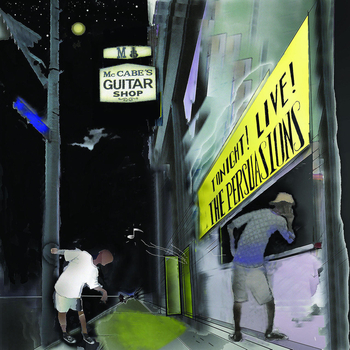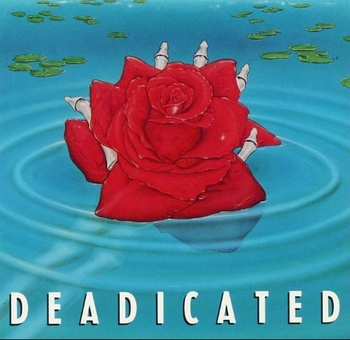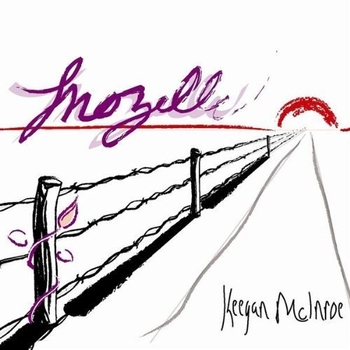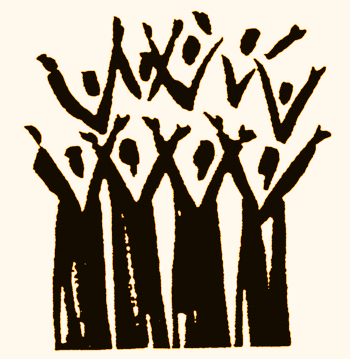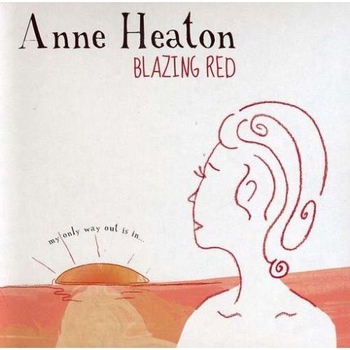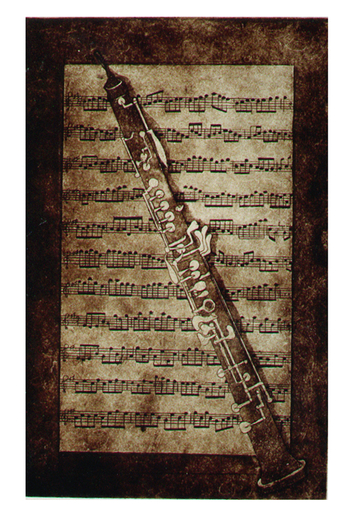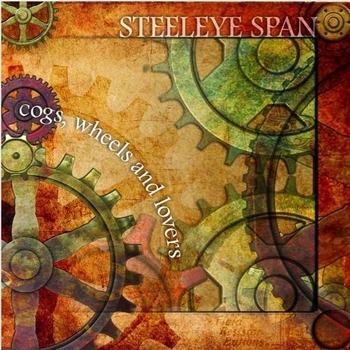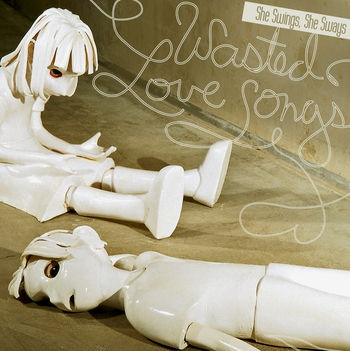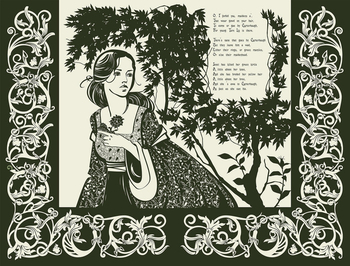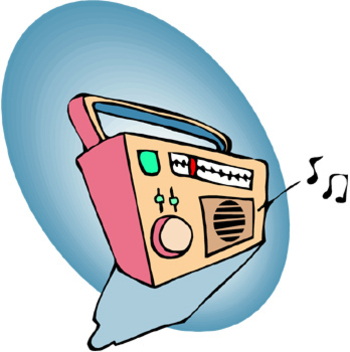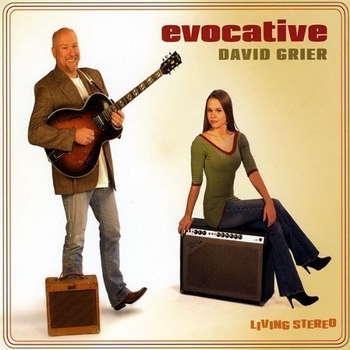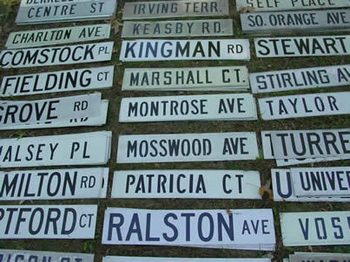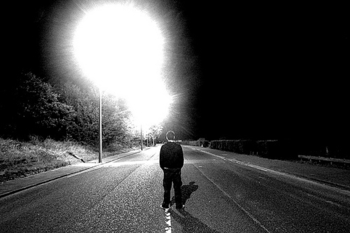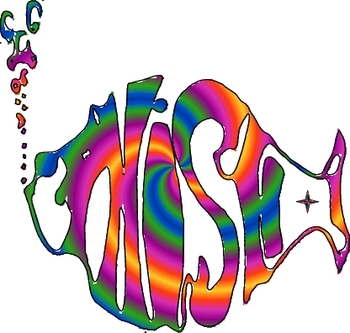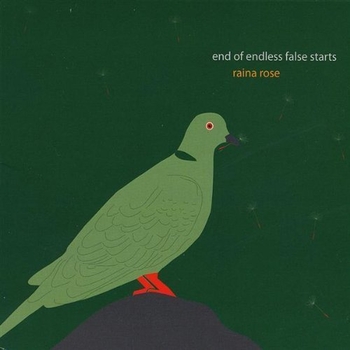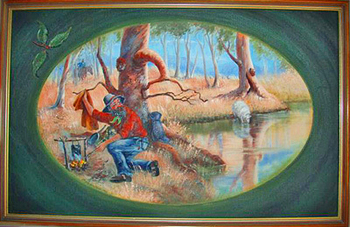
When I woke up the other day with an inspiration for a theme post, I knew it was time to come back. And so, here I am, less than a week from my father’s passing, resuming posting on my blog. I don’t want anyone to think me heartless. The fact is, my father died of Alzheimer’s. If you know much about it, you know that my family and I have been losing him little by little for the last few years. So I began mourning him while his body still drew breath. But I don’t want to dwell on this now. Suffice it to say, as of now, Oliver di Place is back. And thank you all for your good wishes and kind words, and for your patience.
Before I get on with it, just a few words about where I’m going next. My inspiration for this post was the word Waltz. As I started thinking about songs, the post quickly grew too big. I found that splitting it in two yielded two posts, each with a different feel, and each of which made sense on its own as a coherent post. So here is part one; part two will appear later this week, and there will be a special album review this weekend for my official 100th post. The memorial service for my father is coming up, and after that, I will be posting a special edition of For a Song in tribute to him. And then things will get back to normal, with my one year anniversary and holiday posts in December.
For now then, without further ado...
Dan Zanes (with Deborah Harry): Waltzing Matilda
[purchase]
We begin waltz week with Waltzing Matilda. This one, in this arrangement at least, isn’t a waltz at all. And the song has nothing to do with dancing. But, as will become clear, this had to be the starting point.
Waltzing Matilda is one of two songs I can think of which are commonly performed as kid’s songs, but which have also proposed as national anthems. The other song is This Land Is Your Land. In Australian slang, a matilda is a pack made by tying a cloth onto a stick. To go waltzing matilda is pack up your possessions in a matilda and go roaming. In the song, the one who goes waltzing matilda is a “swagman”, an itinerant worker. So our hero the swagman goes wandering in search of work, and decides to rest under a tree near a river bank. He is able to capture a wild sheep, which he is just putting in his pack, when a “squatter” comes with three policemen, and accuses him of stealing the sheep. A squatter is a man who has settled a piece of land and worked it. He now claims the land as his own, but the legal grounds for that claim are weak. Certainly, the sheep is not one of his. Nevertheless, our swagman knows that any judgment in this matter will go against him, and he will be hanged. So he throws himself into the water and drowns. Thereafter, the swagman’s ghost haunts the spot forever.
So this jaunty seeming song is a tale of class conflict, and a ghost story to boot. The slang terms sound silly, especially to non-Australian ears, but the subject is serious. I get the sense that Australians, especially in the early days, had an us against the world attitude, and that is why this song resonates so strongly there. I would love to here from my Australian readers on this in the comments.
Eric Bogle: And the Band Played Waltzing Matilda
[purchase]
Waltzing Matilda is played in Australia at all sorts of important occasions. Here it turns up in a ceremony to see off troops departing overseas to fight World War I. World War I was fought because a series of treaties were written to stipulate that, if a series of events were to occur, various nations would join others to fight others. The trigger for all this was a series of events that “could never happen”, but did. By the time it was all over, all of the participating nations had paid a terrible price.
World War I was the inspiration for many fine anti-war songs. And The Band Played Waltzing Matilda is one the best. Eric Bogle does not glorify the gore, but he does not pull punches. He eloquently makes the point that, in war, casualties must be counted not only amongst the slain, but also among the “survivors”.
Tom Waits: Tom Traubert‘s Blues
[purchase]
Waltzing Matilda is also the jumping-off point for Tom Traubert’s Blues. In this song, Matilda was an actual person, a woman Tom Waits met on a trip to Copenhagen. It is said that an addict or an alcoholic must hit bottom before than can truly begin to recover. No one has ever described that bottom better than Tom Waits does here.
Calexico: Sunken Waltz
[purchase]
Sunken Waltz was written about the urban sprawl in Tuscon, AZ. Carpenter Mike was an acquaintance of songwriter Joey Burns who left and built a tree house outside of town, and then lived in it. This makes literal and concrete the desire for escape that is expressed metaphorically in the beginning of the song. Carpenter Mike winds up living outside of society’s strictures, just like the swagman in Waltzing Matilda. But this one ends on a hopeful note.
Priscilla Herdman: Waltzing With Bears
[purchase]
This is a pretty heavy selection of songs. So I wanted to finish in a lighter vein. Uncle Walter is another social outsider. He reminds me of the woman in the poem, When I Am An Old Woman, I Shall Wear Purple. Uncle Walter is not concerned about the opinions of the world. He has found something that gives him joy, and he intends to keep doing it. And those he loves are invited to join in.
So there it is, the first part of waltz week. And you may have noticed that none of the songs are love songs, at least not in the usual sense. But waltzing has a lot to do with love, so I will make that connection in Part II


